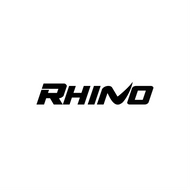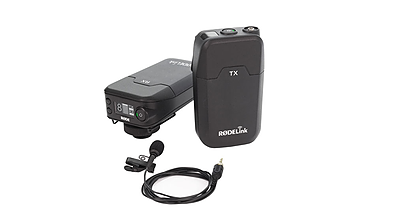MWR: 3 Ways to Record Audio for Interviews

3 Ways to Record Audio for Interviews
In this week's episode of Move with Rhino, we wanted to show you guys the different audio recording methods you can use when shooting an interview. Audio is one of the most underrated tools when it comes to film-making. You can have the best video shot on the most expensive camera, but without proper audio, it will ruin the entire project. We will break down our most favorite method and also shed some light on our least favorite. Check out the video below to see which microphones we recommend!
Behind The Scenes
Thanks for watching the latest episode to our series “Move with Rhino”. We want to help other filmmakers gain inspiration or give them tips on different types of shots. Be sure to subscribe to our YouTube channel for weekly uploads and updates. Now let’s go film.
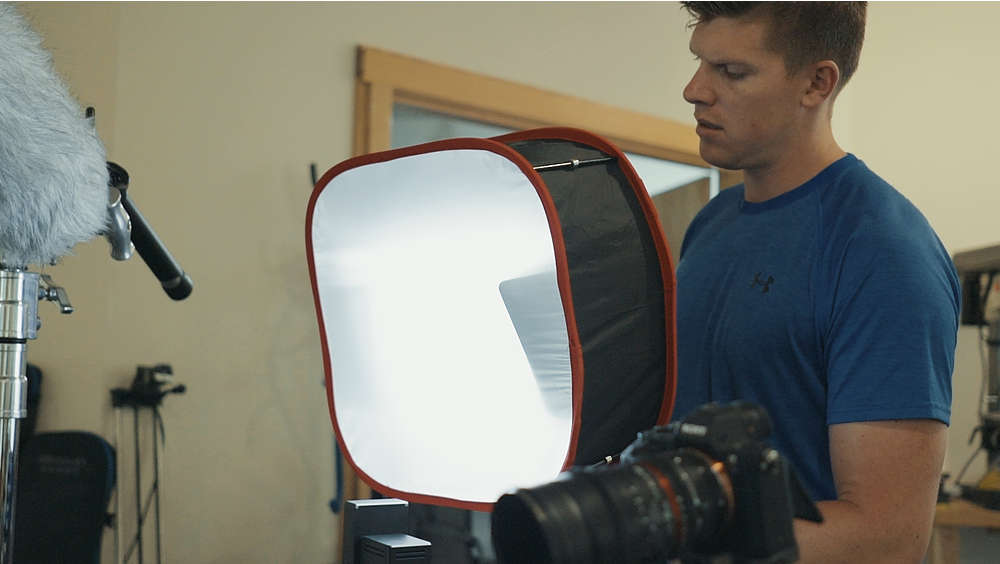
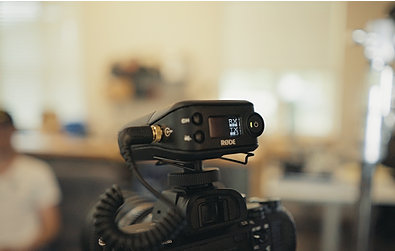
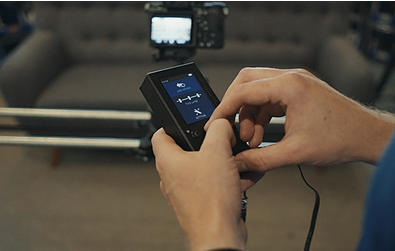
Which one do we recommend?
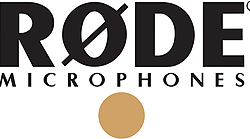
2. RodeLink Wireless Filmmaker Kit
This lavalier microphone setup is great if your constantly moving around. Another thing that is great about the wireless lav kit is that it plugs straight into your camera so you do not have to worry about syncing audio in post.
This is our least favorite for interviews (well actually, the on camera is the worst) but it is great if you are doing vlog or handheld style interviews. Your subject needs to be closer for better audio clarity.
In conclusion, its good to keep in mind how important audio is for your film/video. Proper audio will make your video stand out from the rest and make your viewer feel more engaged in your content. We hope this article was helpful and we will see you in the next episode!
Will you able to hear Rhino Arc or Rhino Motion?
